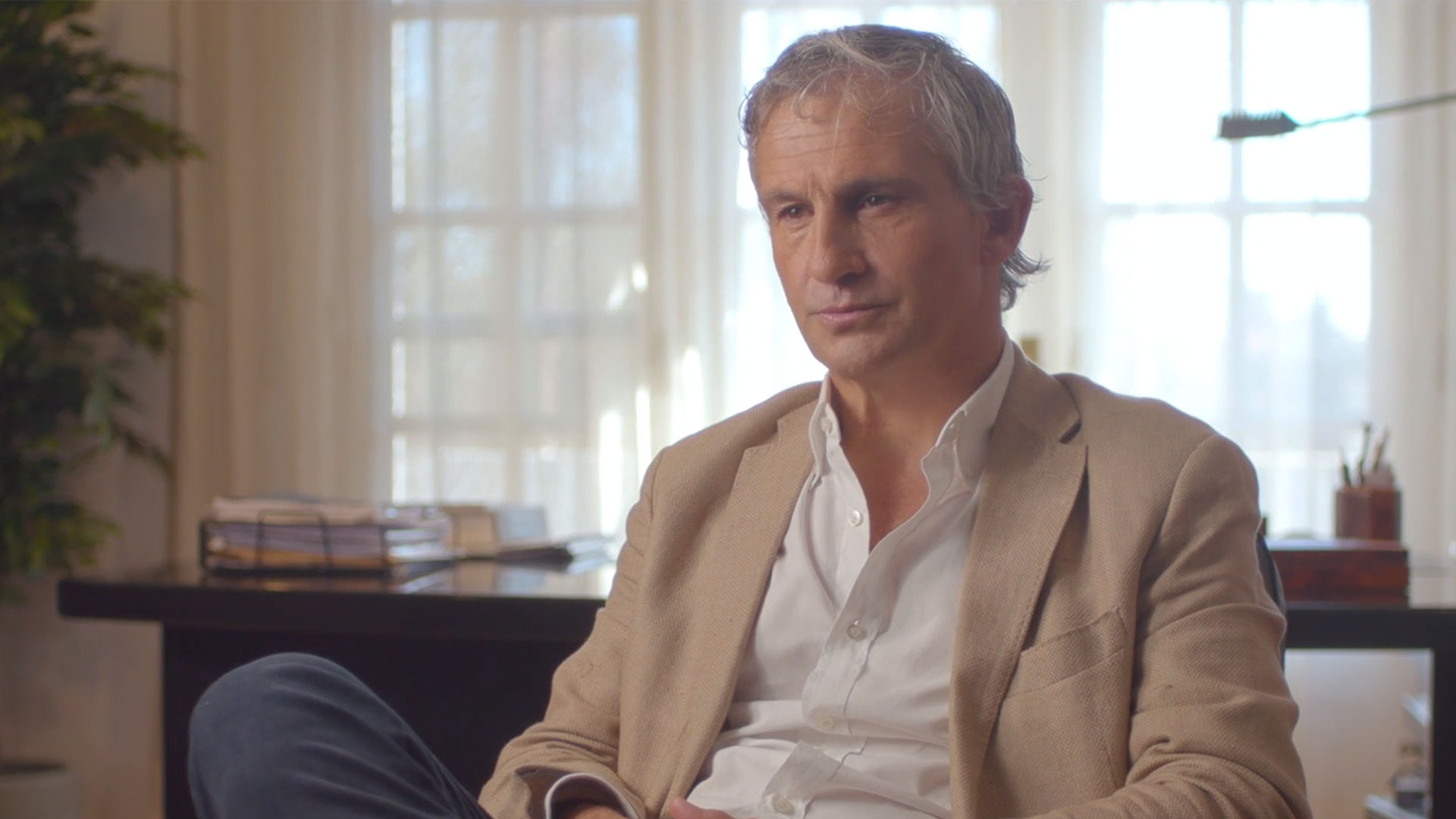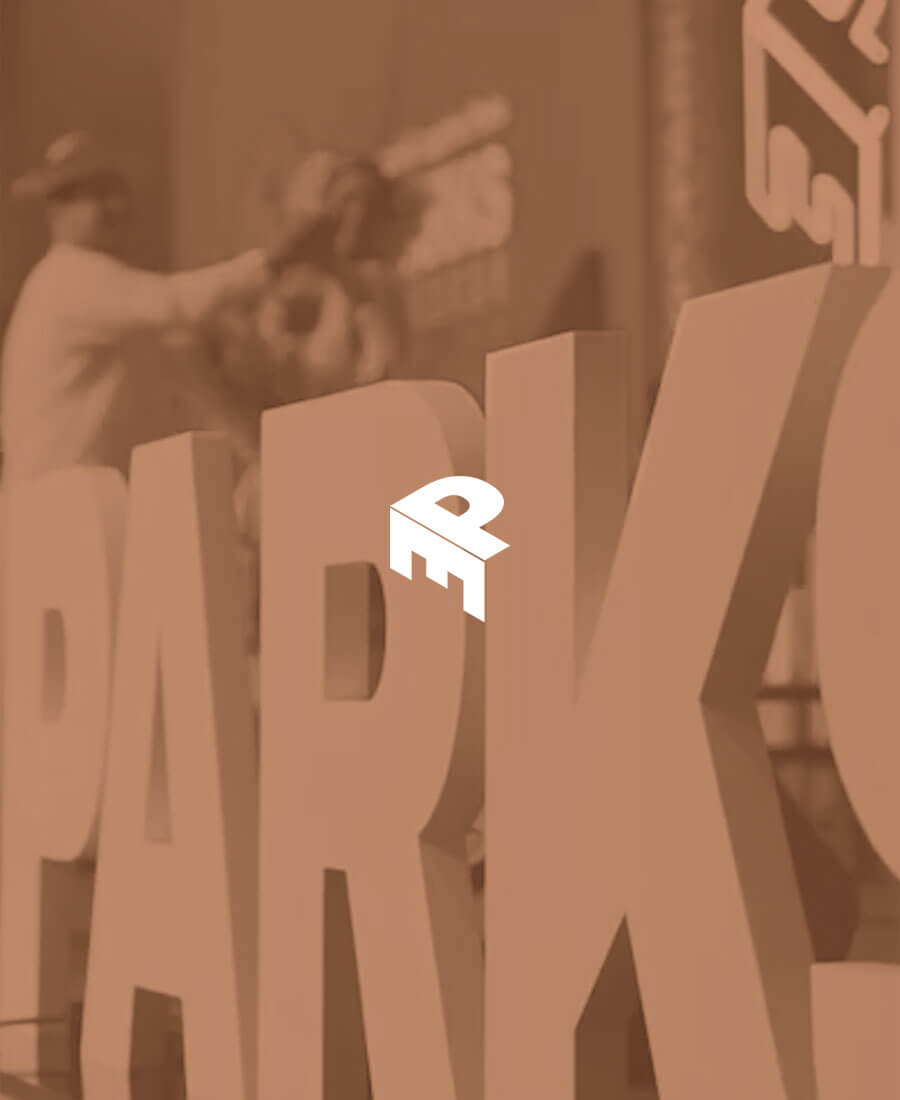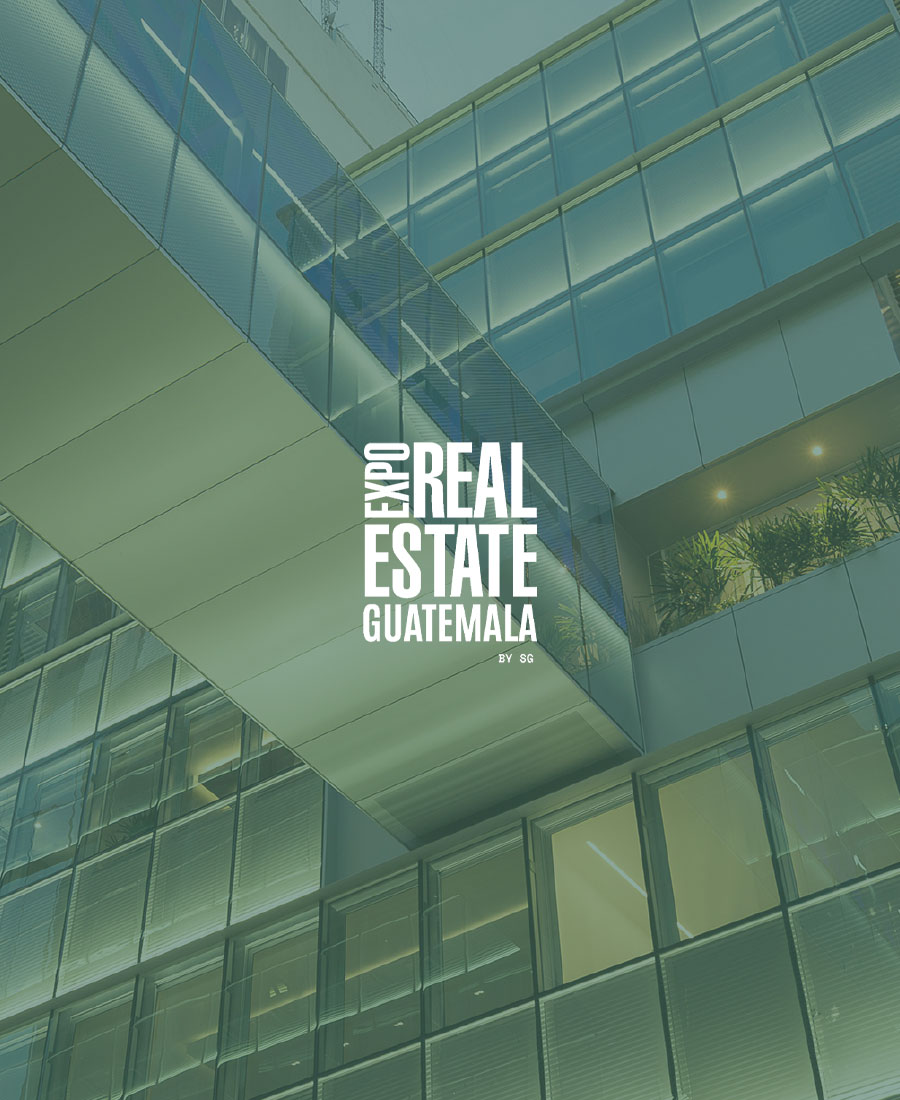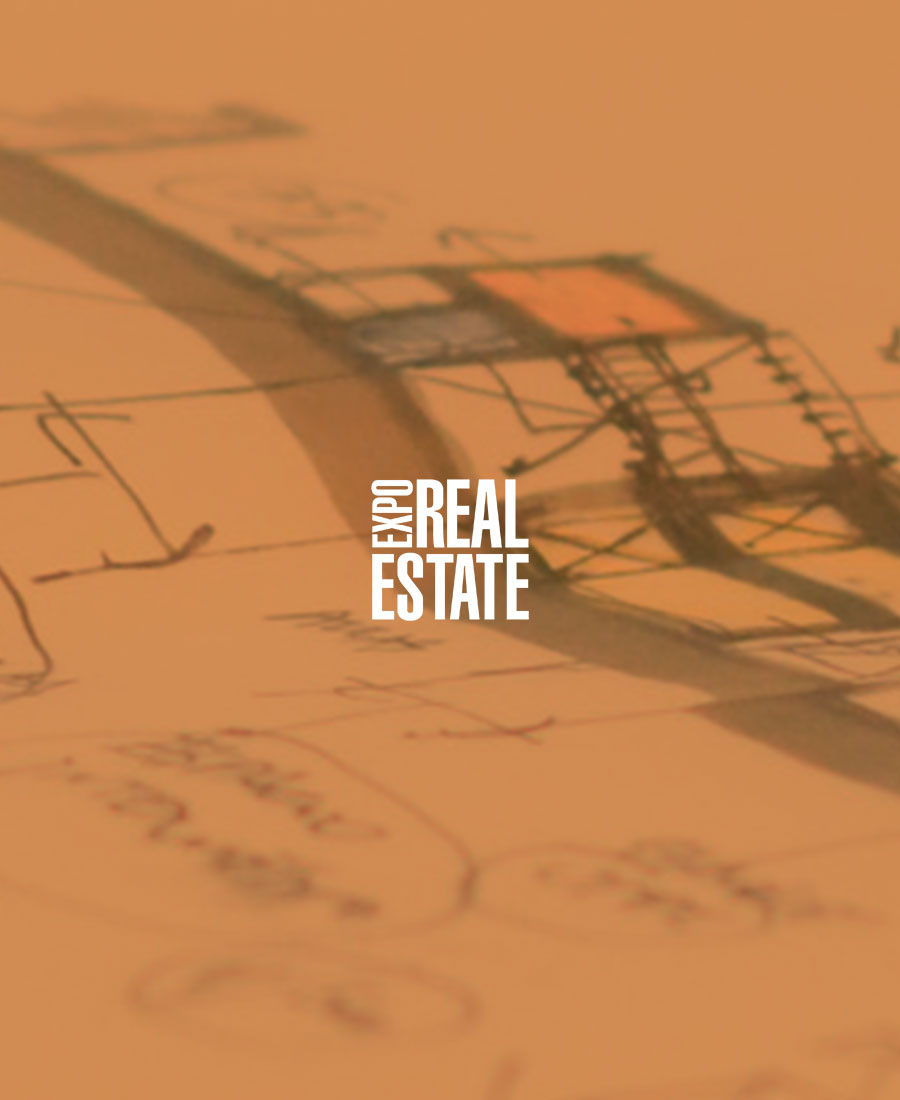Martín Gómez Platero at the first edition of the Forbes Real Estate Summit
From Pencil to Algorithm: The Future of Architecture

Reading time: 5 minutes.
At the firts edition of the Forbes Real Estate Summit in Uruguay, hosted on January 16th at Punta del Este’s Grand Center, the spotlight was on the fusion of real estate, architecture, and finance. This premiere event in Maldonado wasn’t just a gathering; it was a think tank for the industry’s brightest, set against the backdrop of Uruguay’s scenic coast.
Organized by Forbes, a name synonymous with business acumen, the summit aimed to dissect and discover lucrative opportunities within the real estate realm, both at home and abroad. It brought together a mosaic of minds: developers, builders, agents, financiers, and pundits, all eager to decode the industry’s evolution, current pulse, and the roads leading into tomorrow.
In a setting ripe for insightful dialogue, the conversation spanned critical market dynamics, project feasibility, and the quest for cutting-edge competitiveness. Topics like demand dynamics, the art of innovative architecture, the green imperative, and urban design were thoroughly canvassed. Discussions ventured into the promise of burgeoning zones and the transformative power of technology and AI, setting the stage for a real estate and proptech revolution.
A highlight was our Studio’s leap into Artificial Intelligence, exploring how tech can turbocharge efficiency and amplify human creativity. In a chat with Forbes Uruguay’s Irene Nuñez Hurtado, our Director, Martin Gomez Platero, mapped out our Studio’s journey and its global footprint. “Our team’s prowess is world-class,” he confidently stated.
Gomez Platero also weighed in on technology’s workplace revolution, underscoring the enduring value of traditional tools augmented by digital prowess: “The essence of architecture – pencil, paper, and creativity – remains intact. Yet, technology elevates our potential, opening up a universe of possibilities, streamlining decision-making, and optimizing operations.”
Delving into urban futures, he mused on our inherent social nature and the undiminished allure of urban spaces: “The city of tomorrow will continue to be our communal heartland. Humans still want to live in community; It’s all about connection, camaraderie, and the collective quest for joy.”



